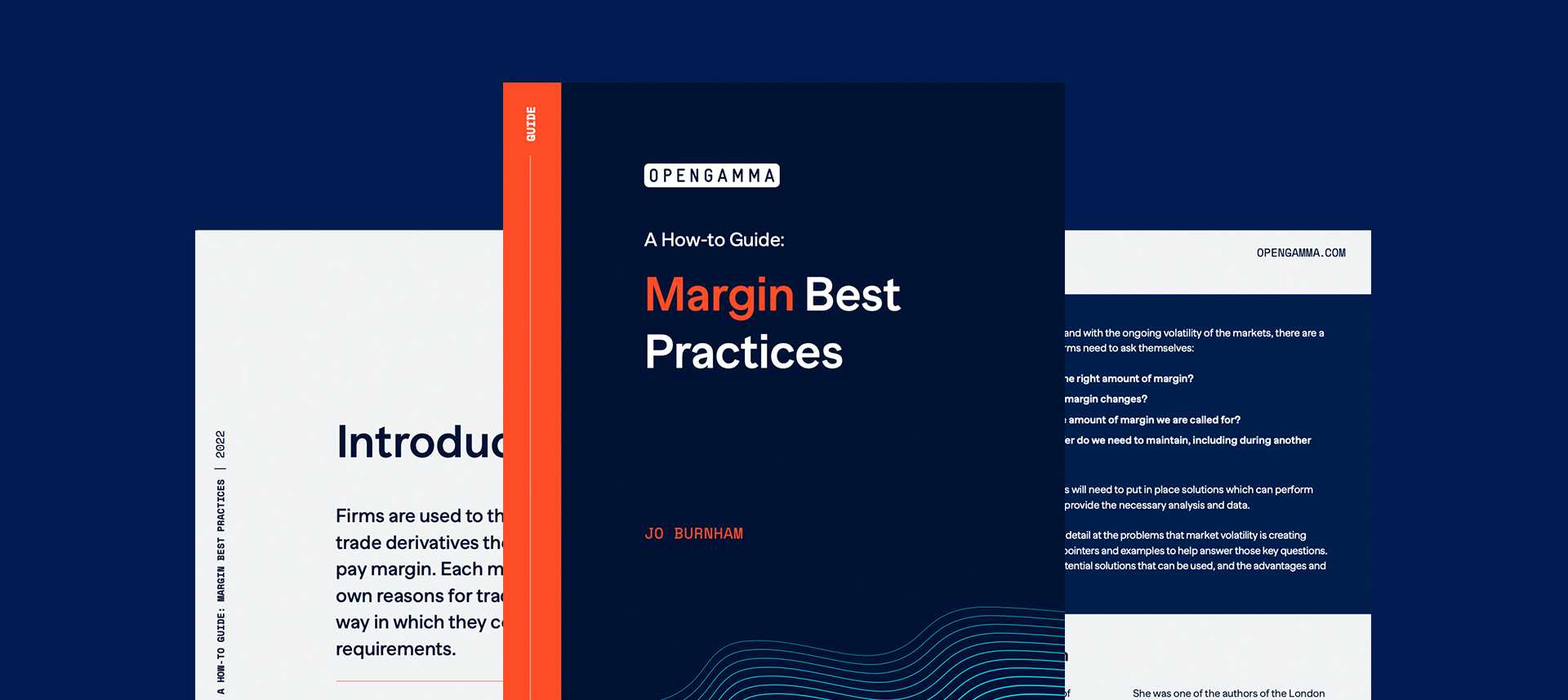Introduction To MIFID II Transaction Cost Reporting
The Financial Conduct Authority has revealed that many firms are not reporting the transaction costs for MIFID II’s Costs and Charges directive adequately.
We recorded our recent webinar which broke down the reporting guidelines in more detail, to help firms like you produce compliant reports and ensure they meet both regulators’ and investors’ needs.
With our webinar, you will learn everything you need to know in regards to MIFID II Transaction Costs. From explicit and implicit costs, plus the issues with estimating the latter. Furthermore you will learn about PRIIPS guidance for cash products and OTC products.
MIFID II Costs & Charges – What Is It?
Before we start to discuss transaction costs we start to discuss MIFID II Costs and Charges. We detail when they were introduced and what they are. Furthermore, we talk about the two reports that need to be produced, which are Ex-Post Costs and Ex-Ante Costs. Afterwards, we talk about how firms are delivering reports.
Within our webinar we take the time to detail the five categories of costs that need to be reported. The categories are as follows:
. One Off Charges
. Ongoing Costs
. Ancillary Charges
. Incidental Costs
. Transaction Costs
What Are MIFID II Transaction Costs?
In this part of our webinar we start to discuss and detail transaction costs. We firstly talk about how MIFID regulation breaks down transaction costs into two components – Explicit Costs and Implicit Costs – after that we go into detail about both components. Furthermore, we use the Arrival Price Methodology to explain Implict Costs.
The Negatives of Estimating Implict Costs
Though the Arrival Price Methodology may be simple in nature, there are issues with the methodolgy. In our webinar we detail what is so difficult with estimating Implicit Costs, such as how obtaining arrival prices can be extremely difficult.
PRIIPS Guidance
With the challenges mentioned with the Arrival Price Methodology, you will learn how to overcome the challenges, by applying the PRIIPS guidelines to accurately represent transaction costs. We discuss the PRIIPS guidance on using the Index Approach for cash products in the absence of arrival prices, and we also look at the PRIIPS guidance on OTC products.
The Challenges With PRIIPS Guidance On OTC Products
Unfortunately, here at OpenGamma we found two fundamental problems that need to be solved when using the PRIIPS guidance on calculating the implicit costs for OTC products, and we talk about them in detail. The first issue that we will discuss is – what constitutes an acceptable bid-offer spread. The second issue we talk about is – how do you apply the bid-offer spread to the trade.
What Is The Impact Of Estimating Implicit Costs Incorrectly?
We will use two case studies to demonstrate the impact of estimating implicit costs incorrectly. We provide key points with each case study example. The first case study we will show will be on an interest rate swap, and the second will be an FX option. The data that we show is data that we have personally worked on, comparing different approaches for estimating the implicit costs.
Issues We Have Seen With Transaction Costs
Though we provide two examples with two different products, there are issues with many other products, to which we list and mention on our webinar. Furthermore, we also discuss the issues centred around negative transaction costs.
Download Our Webinar To Learn More About MIFID II Transaction Costs
This blog is a small glimpse into our webinar. We provide insight and answers to questions in regards to MIFID II Transaction Costs. Our webinar provides commentary on everything you need to know in regards to Explicit and Implicit Costs, plus PRIIPS guidance.




